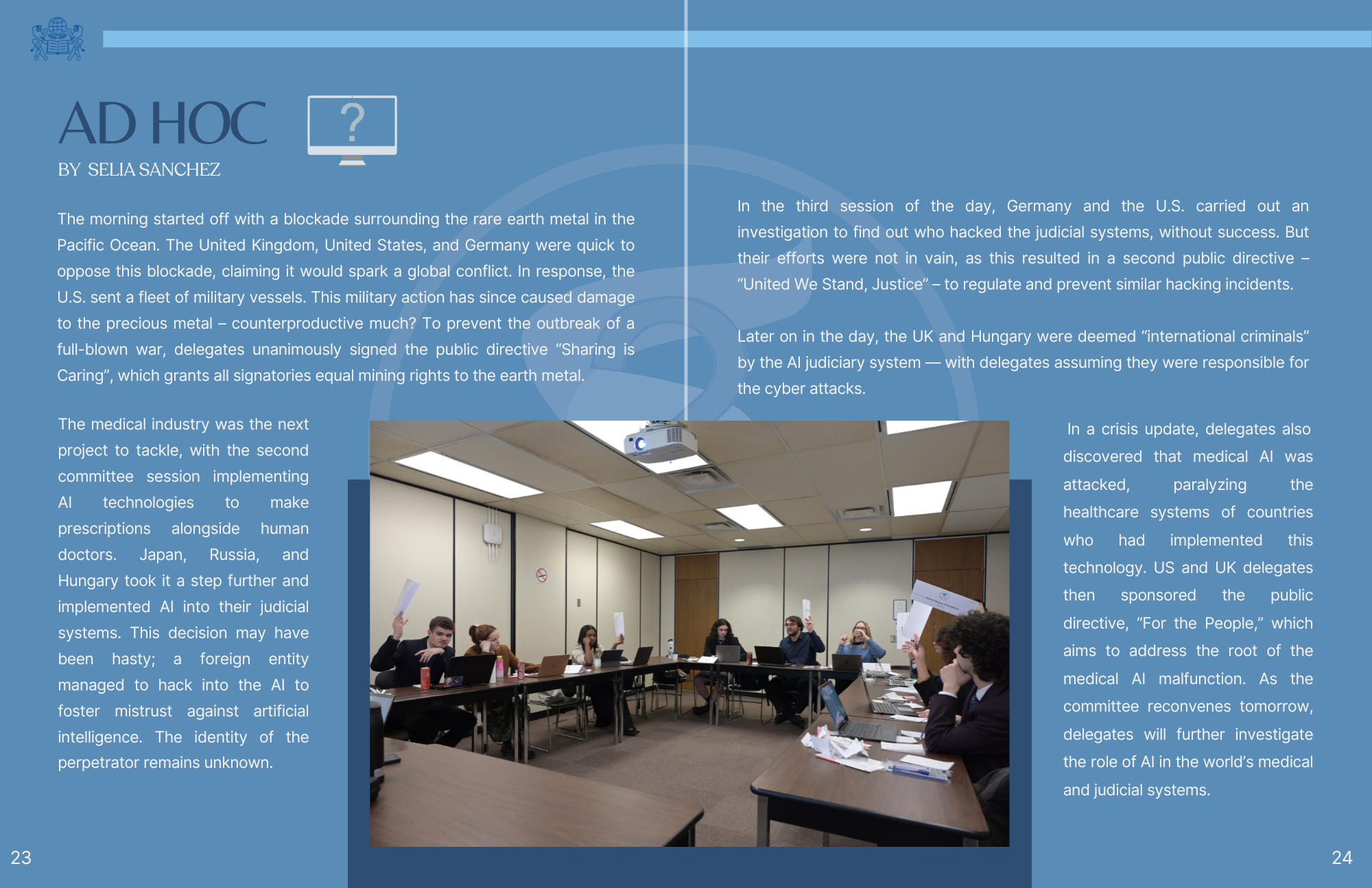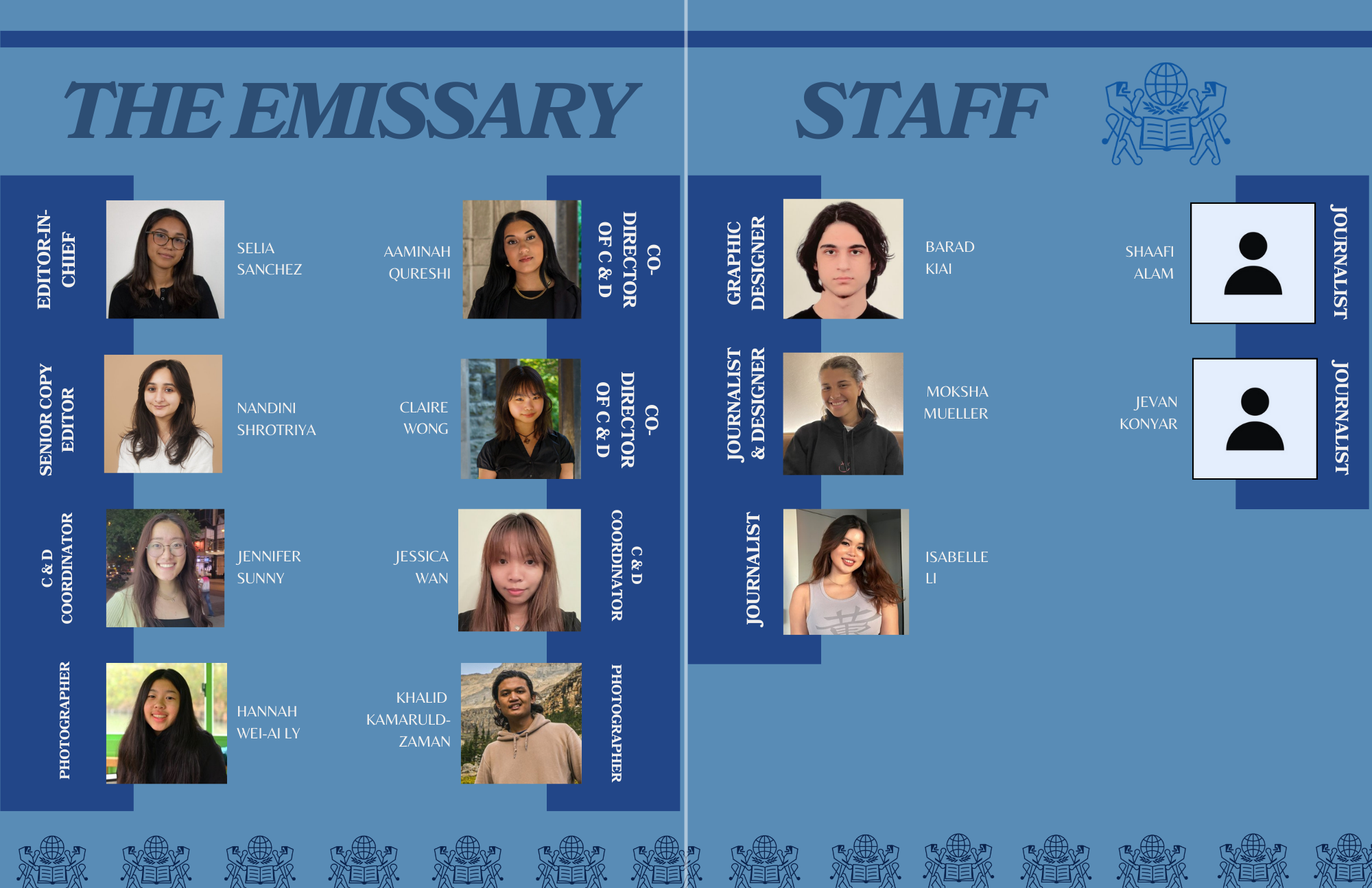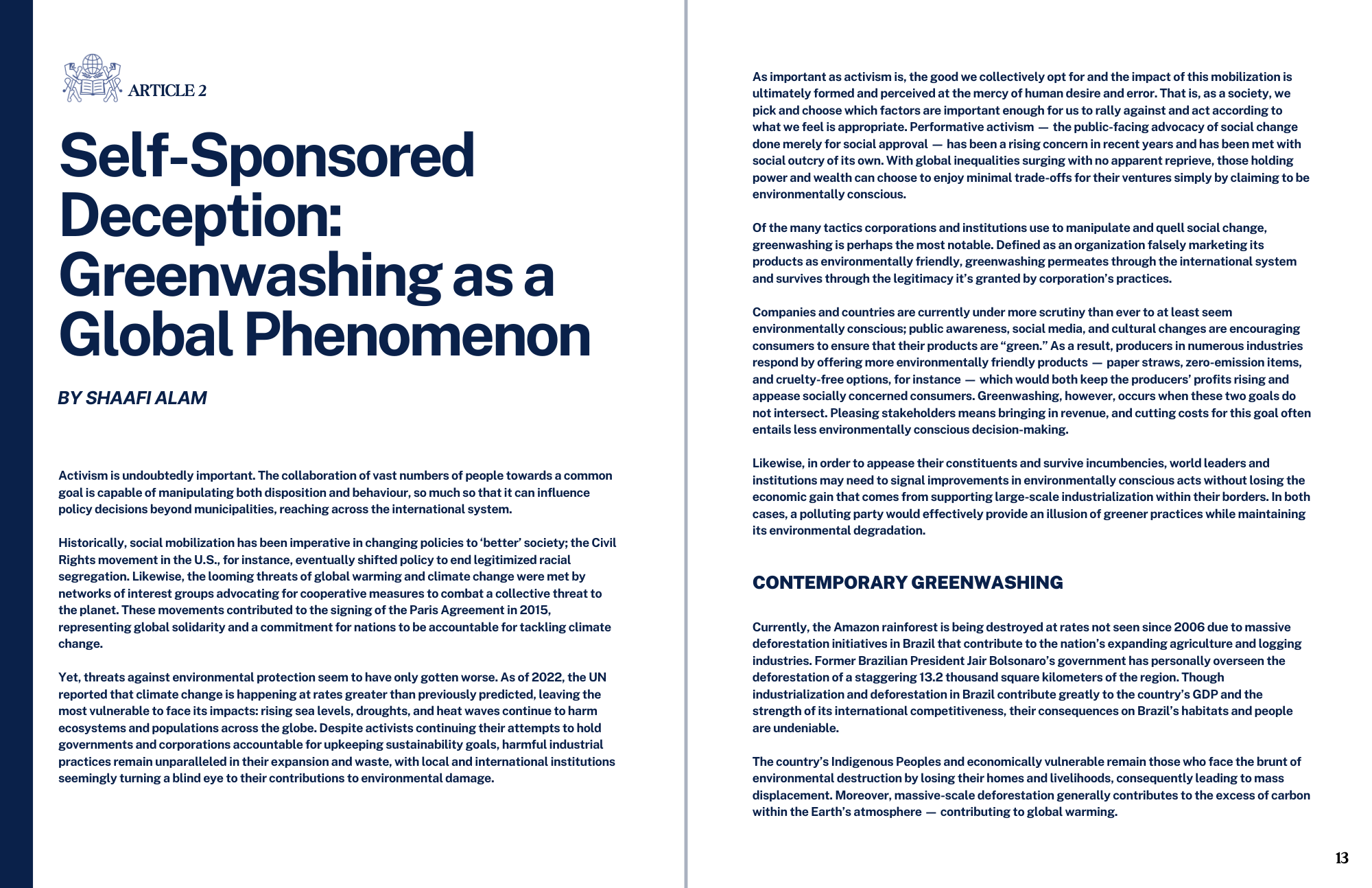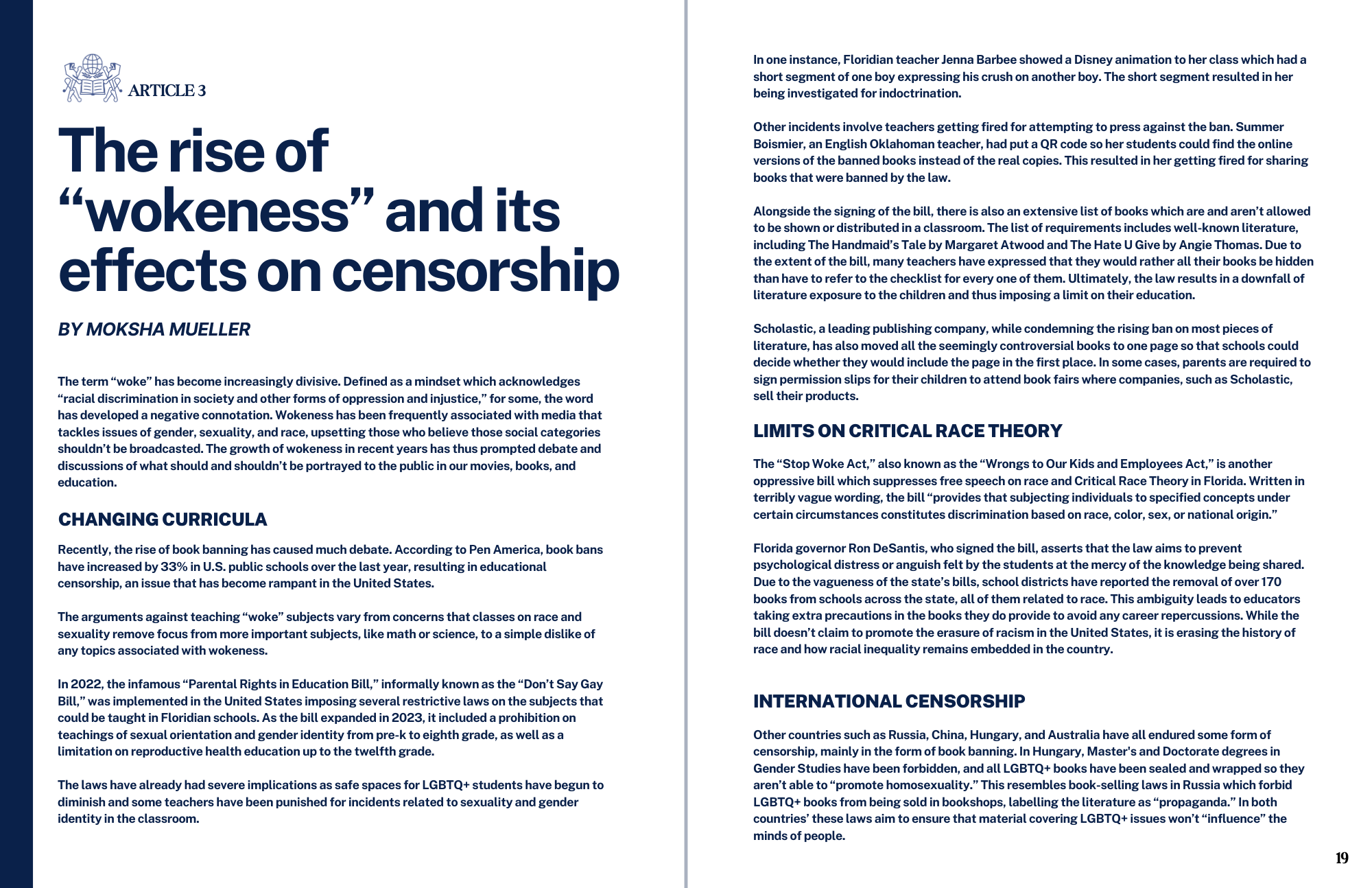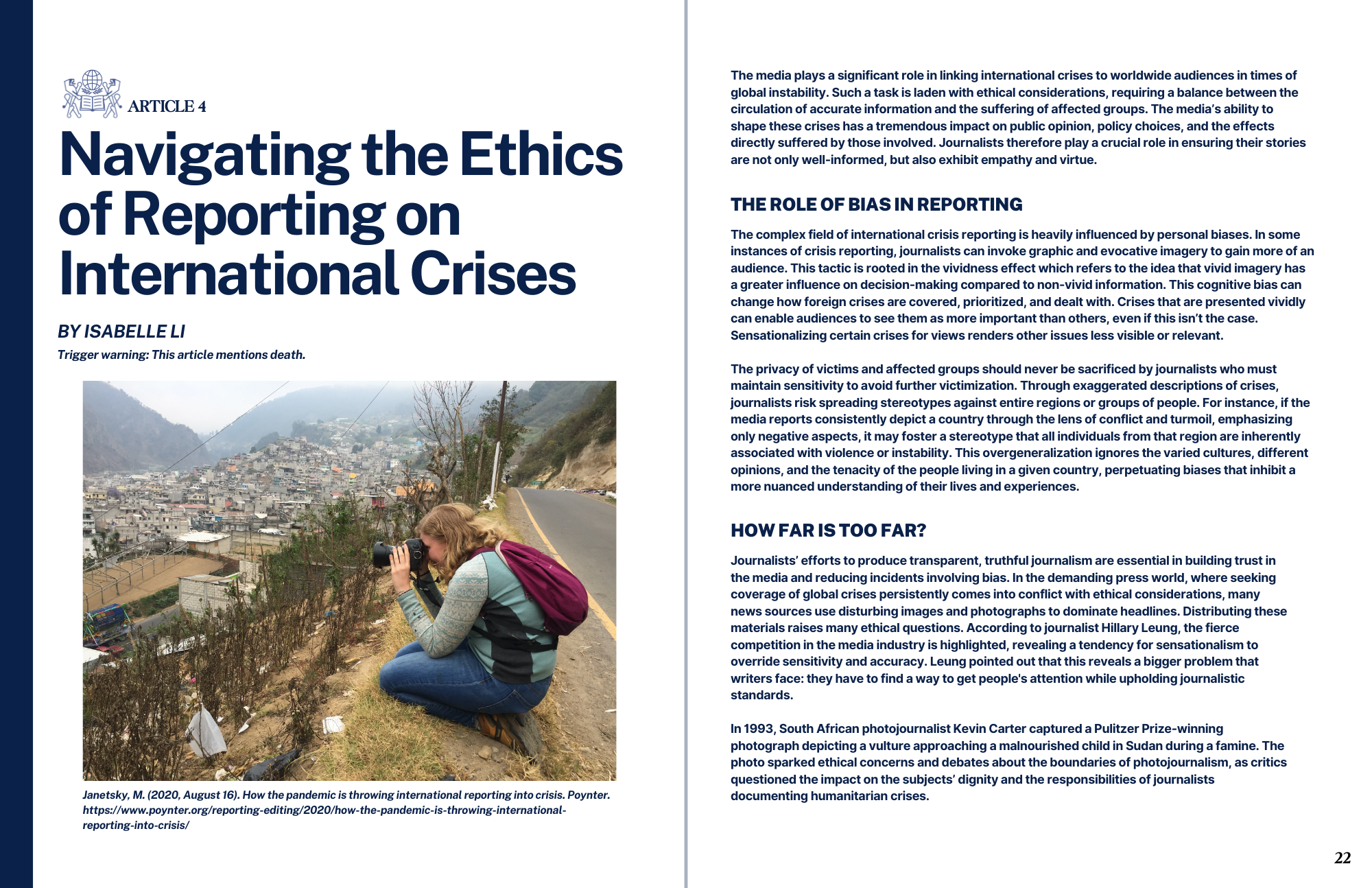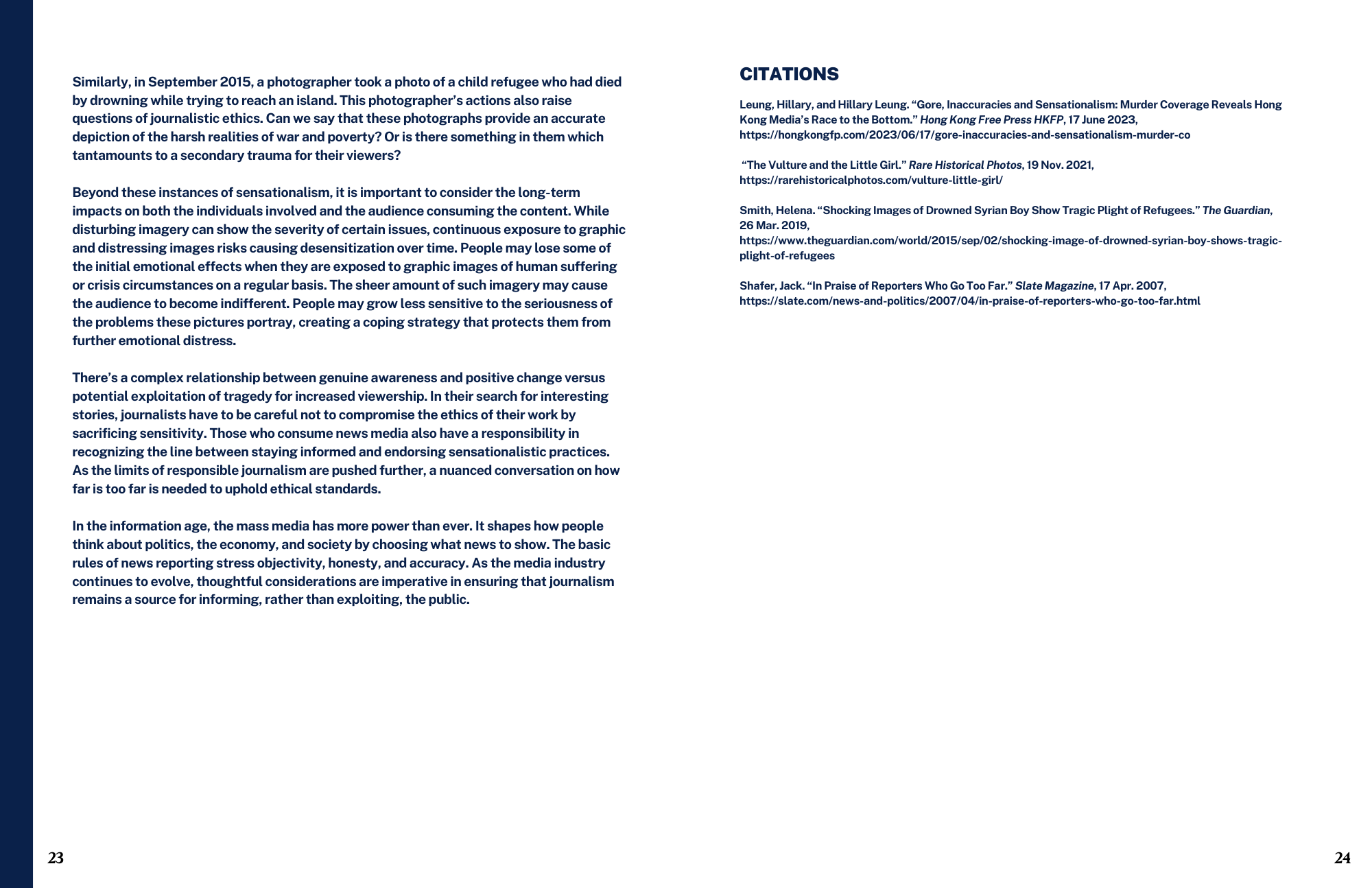Breaking down the Russo-Ukrainian war
While the conflict continues, Ukraine has increased the number of drone attacks on Russian property and Russia continues to resist Ukraine’s attempts to gain back their land.
(Featured Image Source: AP Photo/Vadim Ghirda)
Content warning: Article discusses violence, death, discrimination, and hate.
Armed conflict between Russia and Ukraine dates back to February 20, 2014, after Russia annexed Crimea, a Ukrainian peninsula. Approximately ten years later, on February 24, 2022, Russian President Vladimir Putin announced a “special military operation,” launching a full-scale invasion of Ukraine by land, air, and sea.
Cities across Ukraine were struck by Russian forces and about six million people have been displaced by the ongoing war. As of August 18, 2023, almost 500,000 Ukrainian and Russian troops have been killed or injured since the initial invasion.
In an emergency session on March 2, 2022, most members of the United Nations (UN) General Assembly voted in favour of a resolution calling on Russia to end the illegal use use of force in Ukraine and withdraw all troops.
In response to Russia’s invasion of Ukraine, several countries have boycotted Russian products and economic sanctions were put in place to hinder the Russian economy. As of May 19, 2023, the United States and a number of its international allies, imposed additional sanctions on Russia as well as export controls.
Worldwide protests were also held in solidarity with Ukraine in countries like Japan, Iran, and Australia. Displaced Ukrainian refugees have been welcomed into various countries — including the United Kingdom, France, and Canada — and have since settled into new homes.
As the war disrupted global markets, food and gas prices have gradually increased, exacerbating the ongoing supply chain disruptions caused by the pandemic. According to the UN, rising prices can also be attributed to inflation.
Protests not only occurred worldwide, but in Russia as well, with many citizens opposing the invasion. However, anti-war protestors could face a number of legal penalties, including fines and up to 15 years in prison. Following the invasion, anti-Russian sentiment, including anti-Russian hate speech and discrimination rose, across Europe.
Recently, Ukraine has reclaimed about half of the land that Russia had captured. While the conflict continues, Ukraine has increased the number of drone attacks on Russian property and Russia continues to resist Ukraine’s attempts to gain back their land.
Understanding sociopolitical instability in Haiti
The history of Haiti’s sociopolitical climate has been marred with instances of instability, ultimately accumulating into an acute security crisis.
(Featured Image Source: Dieu Nalio Chery/AP)
Content warning: This article discusses violence and death.
The history of Haiti’s sociopolitical climate has been marred with instances of instability, ultimately accumulating into an acute security crisis.
Catalyzed by the assassination of President Jovenel Moïse in 2021, the state’s currently experiencing a surge in crime and violence.
Background
Decades of authoritarian rule in Haiti consisted of multiple human rights abuses, coups, and corruption. The reign of the Duvalier dictatorship — led by François and later Jean-Claude Duvalier — lasted from 1957 to 1986. After Jean-Claude Duvalier fled the country, Haiti made attempts at democratic reform. This proved unsuccessful with Haiti’s first democratically elected leader being ousted in a military coup.
In 2004, the United Nations (UN) sent support initiatives — such as the UN Stabilization Mission in Haiti (MINUSTAH) — as part of a peacekeeping operation. However, the Haitian public later accused MINUSTAH of abusing locals and introducing cholera to the nation.
Haiti’s instability has been further exacerbated by the country’s susceptibility to natural disasters. 2016’s Hurricane Matthew and a 7.2-magnitude earthquake in 2021, months after Moïse’s death, worsened Haiti’s security crisis and need for aid.
Haiti is one of the poorest countries in the world, with food insecurity, disease, and displacement spreading at alarming rates throughout the island.
Gangs have assumed de-facto authority in many localities, with state organs either understaffed or ill-equipped. As a result, vigilante groups are increasingly killing suspected gang members and some fear that they may eventually threaten civilians.
Foreign policy approaches
Following the 2021 earthquake, the United States provided 32 million dollars to Haiti for humanitarian assistance. In June 2023, the U.S. Agency for International Development provided approximately 54 million dollars to Haiti for humanitarian aid as a result of the ongoing security crisis.
In October 2023, the UN Security Council authorized a year-long multinational mission led by the Kenyan military to help combat rising gang violence. To support the force, the United States pledged 100 million dollars and called on other countries to pledge similar amounts.
Yemen: inaugurating a decade of war
While no longer prominent in news media, the war continues to ravage Yemen.
(Featured Image Source: Mohammed Huwais / AFP - Getty Images file)
Content warning: This article discusses violence and death.
Yemen is a relatively recent invention. For most of the 20th century, the area that comprises modern Yemen was split between the Yemen Arab Republic in the northern highlands and the Soviet-backed People’s Democratic Republic of Yemen, located in the south. The north consisted of a significant Ziadi Shi’i population, whereas the south was home to a Sunni majority. At the end of the Cold War, the two were joined into modern-day Yemen under President Ali Abdullah Saleh in 1990. In 2011, Saleh resigned and Abd-Rabbu Mansour Hadi took office.
Despite a lack of recent publicity, the war in Yemen has been raging for nearly a decade, causing a dire humanitarian crisis and regional instability.
Background
After the union between the north and south, a civil war erupted in 1994. Attempts at secession were subsequently crushed by Saleh-aligned forces, but secessionist sentiment in the south persisted.
In 2014, Houthi rebels — Shiite rebels concentrated in the north with a history of fighting against the Sunni government — occupied Yemen’s capital and city, calling for a new government. By the time they seized the capital, the Houthis had garnered the support of Iran, prompting the formation of a Saudi-led coalition of Gulf states in opposition.
Saudi leaders backed the Hadi government for a number of reasons. They were concerned by the increase of Houthis at their southern border and they wanted to maintain control over the Bab el-Mandeb Strait off Yemen’s coast.
The Houthis seizure of Sana’a, Yemen’s capital, forced Hadi to flee to the port city of Aden. In 2015, the coalition launched air strikes against the Houthis, with US and UK support.
Saudi Arabia also imposed a naval blockade to limit supplies to the Houthis, while Iran responded by implementing a naval convoy, further escalating tensions between the countries. The coalition’s blockade has worsened the humanitarian crisis in Yemen by restricting civilians’ access to aid and goods.
From 2021 to 2022, the air strikes launched by the coalition have killed more than nineteen thousand civilians in Yemen. The Houthis have since launched retaliatory drone strikes against Saudi Arabia and the UAE, a member of the coalition.
Humanitarian crisis
According to the United Nations, the war in Yemen caused the deaths of 377,000 people as of 2021, with more than 150,000 of the deaths a result of the armed conflict. Since 2014, Yemen has seen a tenth of its population displaced and more than 20 million people lacking access to basic healthcare, food, and infrastructure.
Yemen has been subject to one of the world’s largest humanitarian crises. In 2023, almost 22 million people required humanitarian aid due to food insecurity and a lack of basic services. While no longer prominent in news media, the war continues to ravage Yemen.
South China Sea disputes continue to incite regional tensions
In Southeast Asia, tensions surrounding territorial claims and maritime activities in the South China Sea persist.
(Featured Image Source: Philippine Daily Inquirer)
In Southeast Asia, tensions surrounding territorial claims and maritime activities in the South China Sea persist, with China alleging its sovereignty over the largest area of the Sea.
The territorial disputes are governed by the United Nations Convention on the Law of the Sea, which came into effect in 1994, providing a legal framework for resolving issues related to maritime boundaries, exclusive economic zones, and ocean-related rights and responsibilities.
According to the 2016 United Nations Conference on Trade and Development, more than 21% of global trade is transported through the South China Sea, making it an invaluable trading route.
(Image Source: Wall Street Journal)
Key issues
The primary issue in the South China Sea disputes centers on overlapping territorial claims — specifically over the Spratly and Paracel island chains. Multiple countries, including China, Vietnam, the Philippines, Malaysia, Brunei, and Taiwan have competing interests over the islands as well as reefs and surrounding waters.
Environmental concerns have surfaced due to climate change, overfishing, coral reef damage, and pollution. On October 23, the United States renewed a warning that it would defend the Philippines militarily in case of an attack. The US has also advocated for a binding code of conduct in the Sea area.
China’s historic claims further complicate the resolution of this maritime conflict. China insists on its sovereignty over the disputed region due to their alleged first discovery of the trade route. However, their historical claims are disputed by Vietnam and not supported by international law.
Recent developments
In 2016, the International Criminal Court ruled in favor of the Philippines against China's expansive territorial claims, though China has ignored the tribunal's decision and continues to assert its territorial right to the Sea. In August, during the US-Japan-South Korea summit, the three countries publicly condemned the Chinese aggression in the Indo-Pacific region.
Most recently, dozens of Chinese ships encircled Philippine vessels on November 11. In October, the collisions of Chinese and Philippine ships provoked defensive statements from Philippine President Ferdinand Marcos Jr. and a warning from U.S. President Joe Biden, citing the Mutual Defense Treaty between the U.S. and the Philippines.
Explaining Canada-India diplomatic tensions
Diplomatic tensions have sparked between Canada and India following an announcement by Prime Minister Justin Trudeau.
(Featured Image Source: Sean Kilpatrick/The Canadian Press via AP, File)
Content warning: This article discusses violence and death.
Diplomatic tensions have sparked between Canada and India following an announcement by Prime Minister Justin Trudeau.
In a speech to the House of Commons on September 18, Trudeau claimed that security agencies in Canada were looking into “credible allegations” suggesting a possible connection between the Indian government and Canadian citizen Hardeep Singh Nijjar's assassination.
India's government swiftly refuted the charges, with Indian Prime Minister Narendra Modi branding them as "absurd."
Nijjar, a pro-Khalistan activist, was killed in British Columbia on June 18 outside of a Sikh temple. The Khalistan separatist movement advocates for an independent Sikh homeland in India’s Punjab state.
In the 1980s, the Indian government suppressed the movement, which resulted in a number of riots, causing the deaths of thousands of people. In 2016, the Indian government had labelled Nijjar as a wanted terrorist. Nijjar has refuted the Indian government’s accusations, insisting that he was not involved in any violence or terrorism.
Following Trudeau’s announcement, the Indian government ordered the withdrawal of Canadian diplomats. On October 19, Canada removed 41 of 62 diplomats from India after the Indian government threatened to revoke their diplomatic immunity. Trudeau later stated that India had violated the rights of the diplomats by expelling them from the country.
The Canadian government has not made evidence of the “credible allegations” available to the public. Yet, three-quarters of Canadians either “believe” or “somewhat believe” Trudeau’s claims against the Indian government.
Modi has also voiced concerns of Khalistan activism abroad, specifically regarding Sikh protests that occurred in Canada. In response, Trudeau stated that Canada will always defend peaceful protests, freedom of expression, and freedom of conscience.
On November 12, Trudeau announced that Canada “will always stand up for the rule of law.” He added that Canada will continue to “work constructively and positively with India.”





























